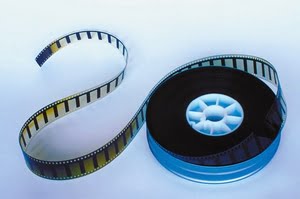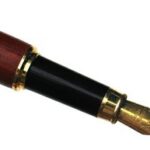“(Sweet Sweetback’s Baadasssss Song) made being a revolutionary hip,” Mario Van Peebles said a former Black Panther and Congressman once told him, “but Superfly made being a drug dealer hip. Big difference.” This was from an interview in the documentary How to Eat Your Watermelon in White Company (And Enjoy It).
Van Peebles, whose father Melvin was the auteur behind Sweetback, makes a quite strong statement of how Hollywood capitalized on his pop’s movie and created an assembly line of action pictures starring Afro-American actors. However some of these films deserve a more fair shake. Superfly, directed by Gordon Parks Jr. (son of Shaft director Gordon Sr.), the story of a coke dealer who wants out of the biz, isn’t like the others, and even stands out in the gangster genre.
Ron O’Neal plays Priest, a Harlem hustler who gets tired of his chosen profession and well, you know the rest. Others aren’t supportive of it and this creates a conflict. Not even the cops want him to quit. Unlike the doomed hero of Carlito’s Way (set three years after Superfly, but made 21 years later), there is no plan to go legit or make lemon aid out of a lemon. His plan involves swimming through the same sea of sharks he deals with daily. While the film makes the life he leads appear so stylish and laid back – when we first meet Priest he is in bed with a naked white chick, the songs by Curtis Mayfield are like Priest’s inner thoughts. Maybe he uses blow and women, and wears the fancy threads to feel better about him self.
In the post-credits opening scene Priest furiously chases down a junkie after he and another vandal beat Priest up and steal his stash. The dapper dealer seems pulled down to the dope fiend’s level running like a scared rabbit after the same substance the user has stolen for his own desperate use. The late O’Neal, a trained theater actor, at times appears over-the-top playing a common criminal with the voice and power as if he were playing King Lear.
Movies shot in New York City in the ’70s are by default incredible. The art department probably didn’t have to do much, and the camera crew just had to make sure to get some cars or a building in the background to make each shot look like a painting, a portrait of street life. Superfly was shot on a low budget – financed by dentists, and has some great, simple techniques. The coke deal sequence consisting of only pictures that trace the transaction all the way from distributor to buyer set to Pusher Man was probably the inspiration for a similar sequence in Blow set to Blinded By the Light. The bathtub sex scene is sexier than any of the steam fests of the ’80s and 90s. And a brief climactic scene where Priest meets two side-burned white men in a coffee shop shot through the window and set to the film’s theme song is not B-movie material — we learn later that Priest has hired these two men, contract killers, to kill a corrupt police captain (and his whole family) if anything happens to Priest before his getaway.
“Nothing – nuh-thing – better happen to one hair on my gorgeous head. Can you dig it?’ he later tells the captain who holds him at gunpoint.
Superfly may make being a drug dealer look hip, but there is an attempt at a moral compass. Any good gangster film has to have one. Priest gets to live at the end, because he intended to escape and succeeds. This isn’t a common plot or outcome in the gangland genre probably because we don’t want to see these characters avoid a harsher fate: death, prison, or witness protection. If Priest were to have suffered the fates that real-life counterparts Frank Lucas (American Gangster) or Nicky Barnes did, maybe this would not carry the stigma of the film some used to attack blaxploitation.
Superfly does however foreshadow a drug epidemic other movies only dealt with at the top. The drug deal sequence symbolically shows how coke entered the American culture – five years before the real-life coke pioneer in Blow supposedly introduced it. Maybe cocaine was like disco: a fad that was on its way out until white mainstream America got a hold of it.



